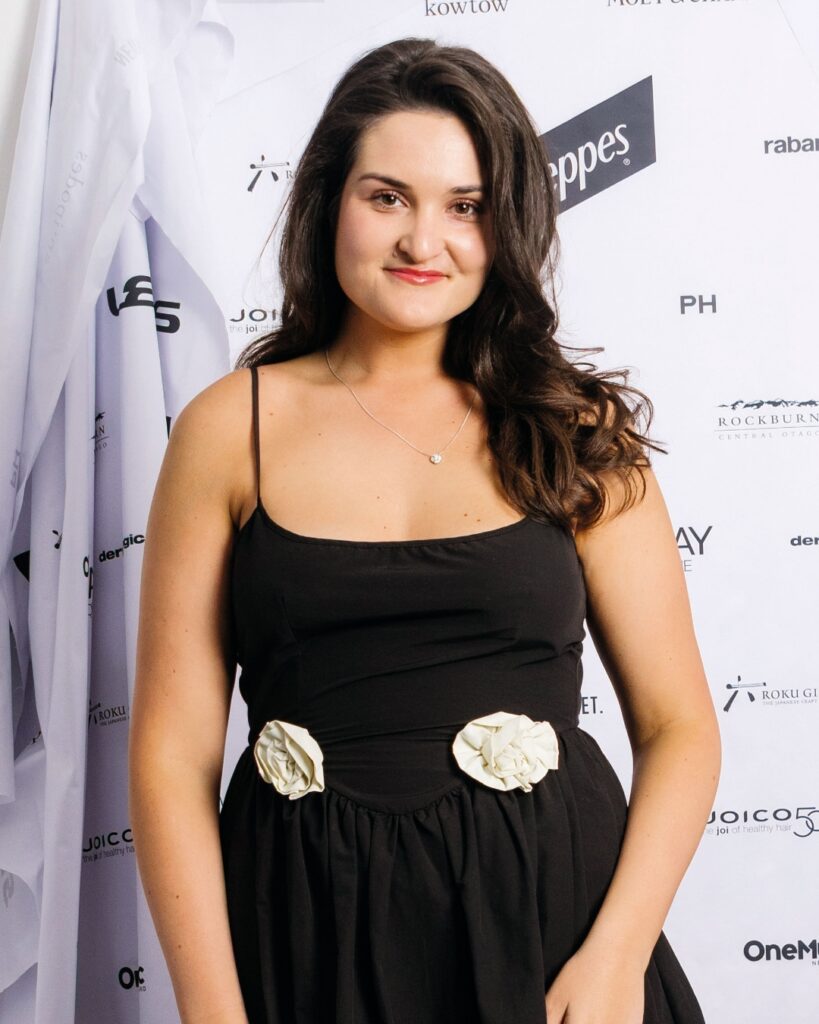
When you put on your favourite pair of blue jeans, what stories do they tell? How many lives have they lived, or even better, yet to live? There’s not a fabric that’s as deep-rooted in history and nostalgia as the utilitarian age-old textile—denim.
Last year Levi’s celebrated the 148th birthday of its iconic 501 cut by launching its first action-led campaign: a call to “Buy Better, Wear Longer”. The campaign strives to raise awareness of the industry’s environmental impact.
“It encourages us to think more about what we already own,”says Levi’s chief marketing officer, Karen Riley-Grant. “To think more about the clothing in our wardrobes we haven’t been reaching for, to pass on to someone else, or customise, repair, or upcycle to make feel new again,” she says.
The denim industry is known for its high consumption of water. According to a 2018 Forbes article, it takes 7000 litres of water to produce a single pair of jeans—not to mention the intense dyeing and finishing process. Taking steps to combat the stigma attached to denim production, Levi’s has released local insights on apparel consumption in New Zealand. The findings highlight how far we’ve come, what work still needs to be done, and how the brand is innovatively working towards circularity.

The untouchables
In an often-quoted statistic from stalwart wardrobe experts California Closets, only 20 per cent of the contents of our wardrobes are worn regularly. This was almost a decade ago.
Fast forward to 2021 and new insights reveal that New Zealanders are now wearing 42.2 per cent of their wardrobes on a regular basis. But when each wardrobe houses 50-200 items on average and 51.5% of people aren’t getting long-term use out of their clothes due to items being ‘out of season’, what happens to the ‘forgotten’ items that are pushed to the backs of our closets and out of sight?
According to Mindful Fashion NZ, alarmingly, much of our unloved and unworn attire ends up at the tip. Each year more than 220,800 tons of fibre, fabric, and textiles are sent to landfills— and at this rate, it’s projected that textiles will make up 14 per cent of all Auckland landfills by 2040.
Change of pace
It is estimated that between 2000 and 2021, global clothing consumption has doubled—a staggering rate when compared to the world’s population growth. So while much responsibility is placed on apparel production and clothing quality, consumers have their duty to play, too.
Forty five per cent of New Zealanders will still purchase clothes that are cheaper in value despite the shorter lifespan—which is a worry when half of the fast fashion that’s produced globally in a year is disposed of. A shift in attitude—and wearing clothes twice as long—could see consumers reduce their environmental impact by 44%.
Next steps
“Sustainability shouldn’t have to be something consumers have to compromise on,” says Paul Dillinger, Levi’s vice president and head of global innovation. So when a core business model is based on growth, how does one pivot to create and enforce environmental change?
The answer is an innovation-first mindset, as shown by Levi’s Wellthread—a research and development laboratory that releases limited capsules that test out new sustainable and circular developments, like Levi’s Water
“Our job is to identify the most promising opportunities with the highest potential to make a positive impact and help them to grow and mature into competitive alternatives to conventional materials,” Dillinger says.
In the past year, the brand has introduced hemp into its cotton blends, removed toxic chemicals from the dyeing process, and partnered with Renewcell to turn old jeans into new. Collaboration is certainly key in creating change. The technology is open-source, so other brands can utilise it to reduce their environmental footprint. While we might not see changes in consumer attitudes and industry practices overnight, campaigns like this work to shed light on fashion’s environmental impact, and the role that we—as consumers—have to commit to for positive change.










